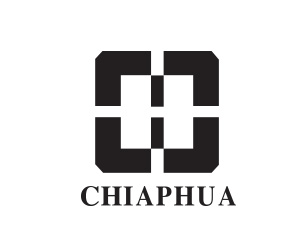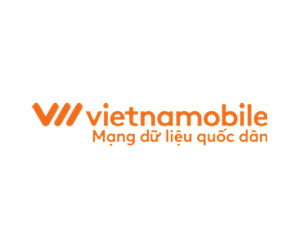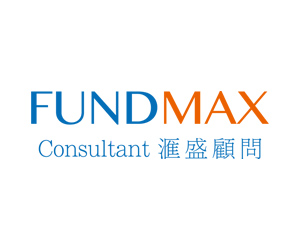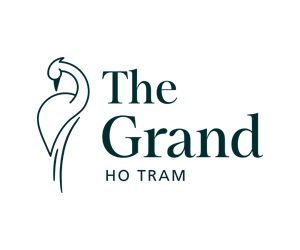Want to be in the loop?
subscribe to
our notification
Business News
SHAPING FDI FLOWS IN ERA 4.0
In the past three decades, Vietnam has become a favored destination for many gigantic corporations. However, only 100 of the Top 500 Global Companies have made investment in Vietnam. That urged Vietnam's investment management agency to work out top priorities to attract investment from the world's leading corporations.
Drawing big firms
After 30 years, Vietnam has more than 23,000 FDI projects with a total registered capital of over US$300 billion, of which about US$161 billion has been disbursed. In that time, FDI flow into the service sector, especially real estate, has tended to increase rapidly and ranks second, just after the processing and manufacturing industry, in FDI attraction. In contrast, as for Top 5 industries, FDI fund dripped with small projects. Most typically, agriculture accounts for only 1.7% of projects and 1% of total FDI value in Vietnam. With that level of investment, FDI fund has no role to play in Vietnam's agricultural and rural development.
The year 2019 marked significant improvement in investment quality when the concept of new-generation FDI was introduced. Shortly after setting a peak from the “plus points” for the investment environment in May 2019, Vietnam received new investment plans from Samsung and CapitaLand in June. In fact, the two giants already have successful large-scale investment projects in Vietnam. Samsung planned to build the Research and Development (R&D) Center in Hanoi, which will be Samsung’s largest R&D Center in Southeast Asia and employs 3,000 people. For CapitaLand, Mr. Ng Kee Choe, Chairman of the Group, said CapitaLand will bring high technology content to investment projects in Vietnam. “Investing in smart city projects is the direction of CapitaLand in Vietnam in the coming time. CapitaLand hopes to help build smart cities in Vietnam.”
Many other large corporations expressed their intentions and plans to invest and expand investment in Vietnam. Mekong Corporation Europe BV (MCE) of the Netherlands wants to invest about US$250 million in cashew development in Binh Phuoc province. Formosa raised its investment value for the steel production complex in Ha Tinh province to US$12.78 billion. Enterprize Energy (EE) and its partners are preparing for the exploration of ThangLong Wind Farm Project off the coast of Ke Ga in Binh Thuan province. This 3,400-MW project will be one of the world's leading offshore wind power projects, costing nearly US$12 billion.
Therefore, not only successfully enticing large-scale projects and giant investors as expected by Vietnam, a high share of the above-mentioned plans and commitments is for prioritized investment fields in Vietnam as stated in the new generation investment attraction strategy: Renewable energy and R&D. This means that Vietnam has “touched” the root of investment attraction in high technology.
Furthermore, investment projects from world-leading corporations will generate ripple effects, increase interconnectivity, technology transfer between foreign and local enterprises, and create spillover impacts on the economy - an important objective of the new generation FDI attraction strategy. For this case, Samsung Group has helped lure a US$500-million semiconductor manufacturing project of Hana Micron Group to Bac Giang province in the first five months of 2019.
Policy resolve
With Resolution 50-NQ/TW dated August 20, 2019, for the first time after 30 years of FDI attraction, the Politburo issued a resolution to guide actions in the years to come. Requiring quality, efficiency, technology and environmental protection as key evaluation criteria while emphasizing the national security factor in FDI attraction, the resolution is expected to help Vietnam draw new-generation higher-quality FDI and make Vietnam a destination for the best corporations.
The main targets in the Resolution include: Registered capital of US$150 - 200 billion (or US$30-40 billion a year) and disbursed capital is US$100 - 150 billion in 2021 - 2025; and registered capital of US$200 - 300 billion and disbursed capital of US$150 - 200 billion 2026 - 2030. The share of companies using advanced technology, high technology, modern management and environmental protection will increase by 50% by 2025 and by 100% by 2030. The share of trained workers in the employment structure will grow from 56% in 2017 to 70% in 2025 and 80% in 2030.
To concretize Resolution 50-NQ/TW, right before the 8th meeting session of the 14th National Assembly, the Ministry of Planning and Investment promptly completed the second draft of the Investment Law (amended) to submit to the National Assembly for consideration, discussion and opinion. In order to selectively attract foreign-invested projects of high quality, high performance, high technology and environmental protection, the draft law supplemented provisions on the list of industries and trades subject to conditional market access for foreign investors in the opt-out approach. The draft also added a number of other investment activities, including R&D; manufacturing and trading products formed from scientific research results; innovation; manufacturing of goods or provision of services created or resulted from value chains and industry clusters. At the same time, the draft amended and supplemented a number of contents on industries, trades and geographical areas eligible for investment incentives; regulations on authority and procedures of approving investment policy; procedures for carrying out investment by foreign investors; regulations on procedures for carrying out investment projects; and regulations on Vietnam’s offshore investment.
Source: VCCI
Related News

VIETNAM’S GDP TO GROW 5.5% THIS YEAR – WB
This forecast is based on the assumption of a moderate recovery in manufacturing exports in 2024, fueled by rebound growth of 8.5% year-on-year in the fourth quarter of 2023 and 17.2% year-on-year in the first quarter of 2024, reflecting strengthening global demand, said Dorsati Madani, senior country economist at the WB in Vietnam.
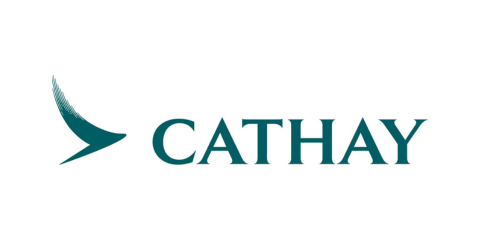
FARE REFUND FOR VISA REJECTION
Cathay Pacific will offer full refunds for cases of visa rejection to provide you with the confidence to explore the world with ease. If you are planning to fly to a destination that requires an entry visa, you can now book with greater peace of mind.

FOUR COMMODITIES POST Q1 EXPORT VALUE OF OVER 5 BILLION USD
The total export turnover of agricultural, forestry, and fisheries products in the first three months of 2024 is estimated to reach 13.53 billion USD, an increase of 21.8% compared to the same period of 2023.
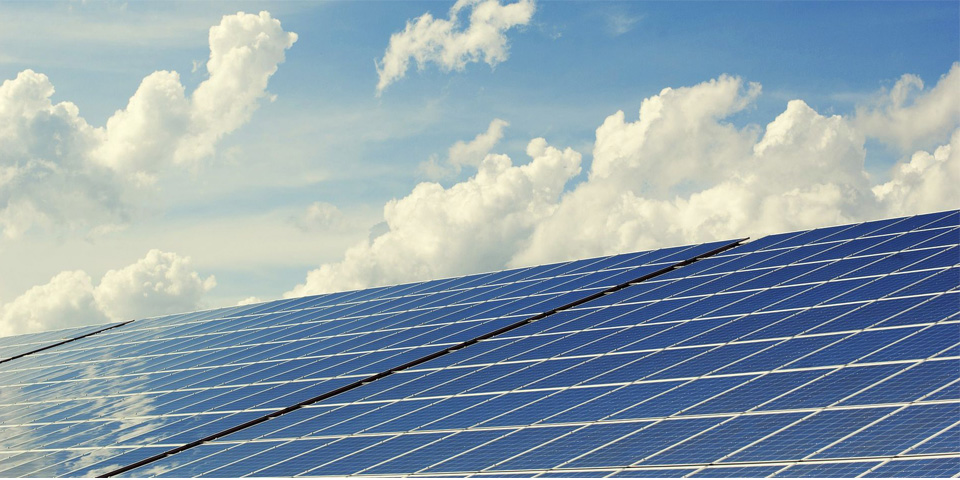
MOIT PROPOSES SCHEME TO BOOST RENEWABLE ENERGY PROCUREMENT
The proposed Direct Power Purchase Agreement (DDPA) mechanism, outlined in the draft decree, targets organisations and individuals consuming electricity from the 22kV power grid or higher, with a monthly consumption averaging 500,000kWh. However, residential households are excluded from direct procurement.

REAL ESTATE BONDS PLACE PRESSURE ON ISSUING FIRMS
The ministry’s recent report underscores concerns within Vietnam’s corporate bond market for 2023 and 2024. It emphasizes the critical need to address hindrances to the real estate sector in line with the objectives provided in Government Resolution No. 33/NQ-CP, which aims to stabilize the industry.

DA NANG CUSTOMS FOCUSES ON DEVELOPING CUSTOMS-BUSINESS PARTNERSHIPS
Da Nang Customs Department issued an action plan for developing customs-business partnership in 2024. One of the new events this year is the workshop on “Settlement reports for enterprises engaged in outsourcing, export production and export processing” held in Da Nang Customs Department on April 16, 2024.




